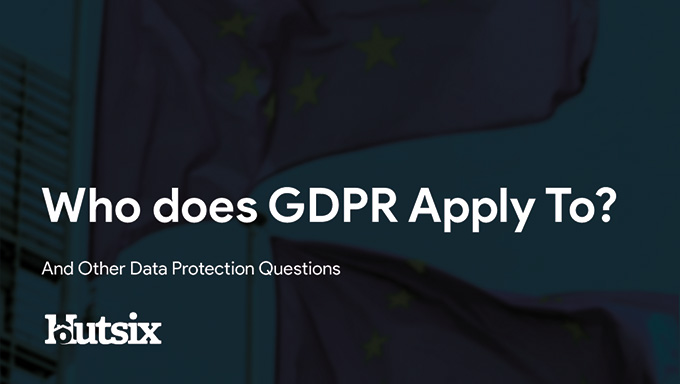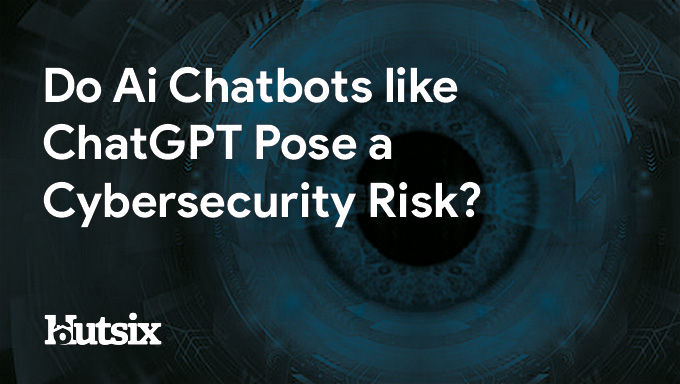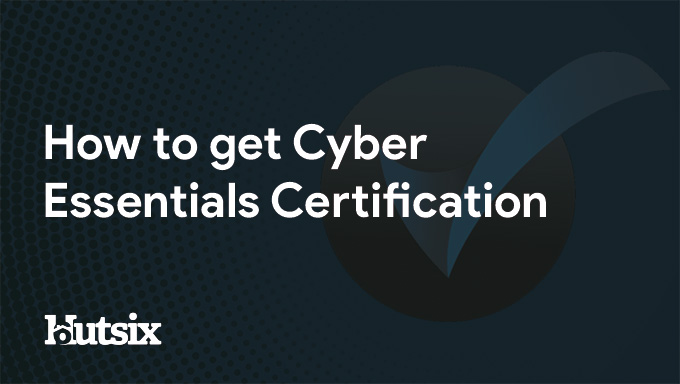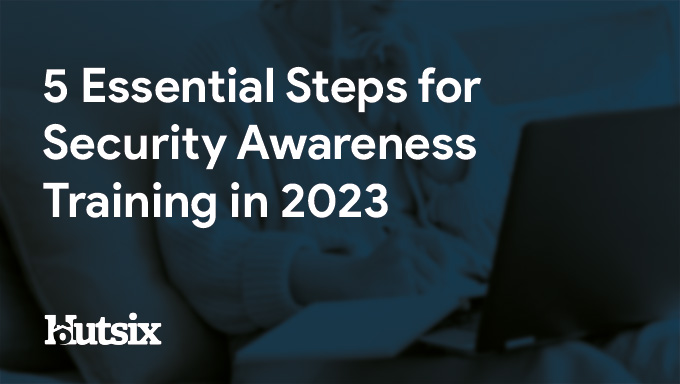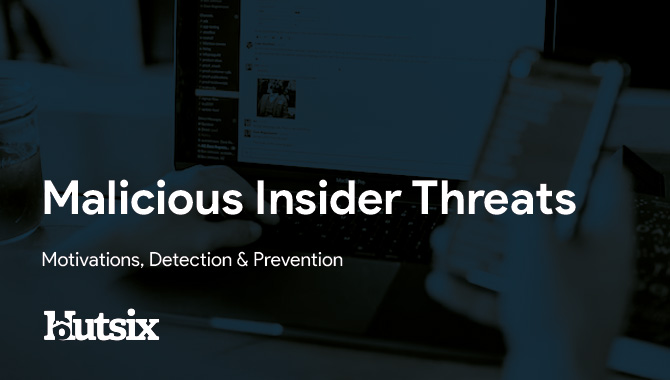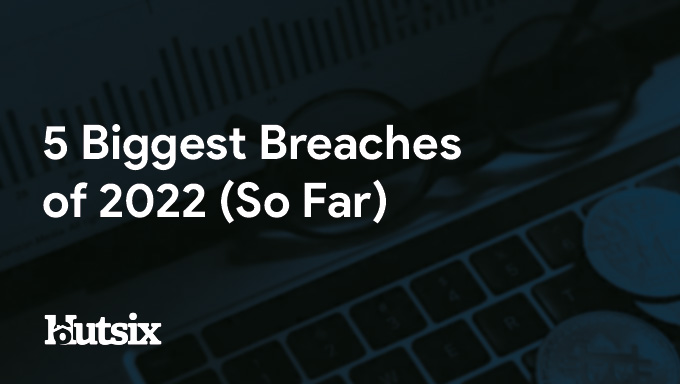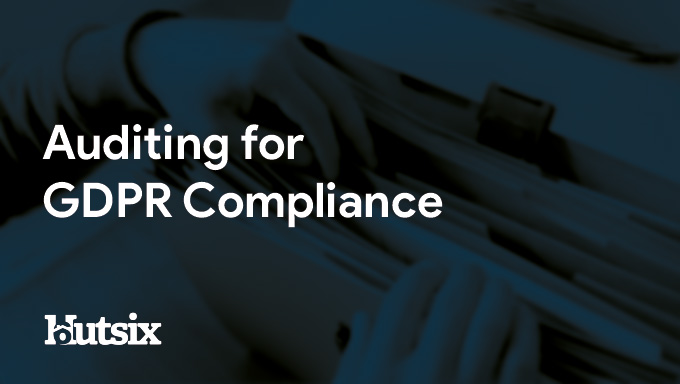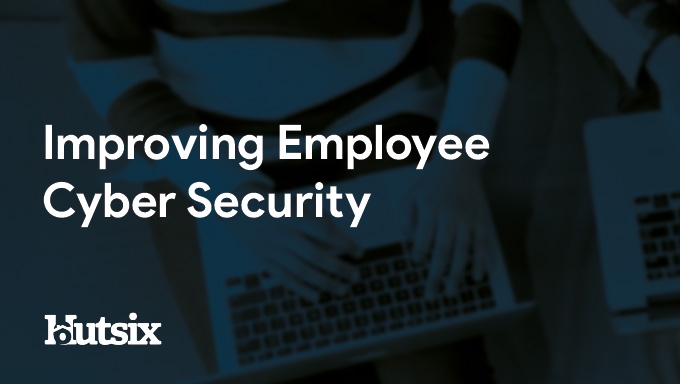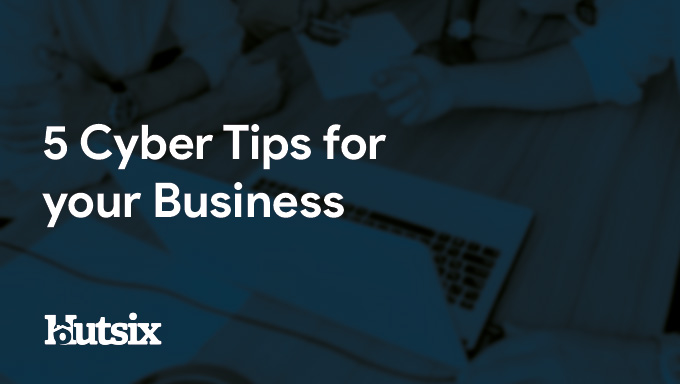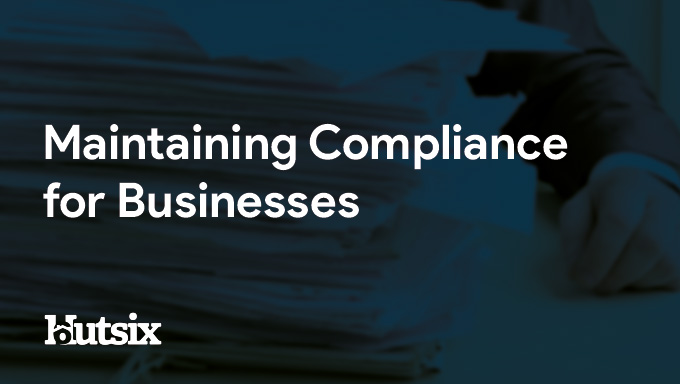How To Safely and Securely Handle Sensitive Information at Work
Sensitive information refers to any data or knowledge that requires special protection due to its personal, confidential, or proprietary nature.
This type of information can include personally identifiable information (PII), such as social security numbers, birth dates, and financial account details, as well as confidential business information like trade secrets, client lists, and intellectual property.
Sensitive information is often considered highly valuable and may be subject to legal or regulatory protection. Unauthorized disclosure, modification, or destruction of sensitive information can lead to significant harm, including financial loss, reputational damage, and legal liability.
Including a wide variety of different information, it is crucial to safeguard sensitive information and ensure that access to it is limited to authorized individuals or entities through appropriate security measures, such as encryption, access controls, and data backup and recovery systems.
Ready to start your journey to becoming compliant?
We can help you - let's have a chat.
Top Tips for Handling Sensitive Information
Handling sensitive information is a crucial part of any organisation's operations. In order to ensure the safe and secure handling of sensitive information, organisations must adopt a multi-layered approach that includes policies, processes, and technology.
Here are six steps that organisations can take to handle sensitive information safely and securely:
- Develop Policies and Procedures
Organisations must develop policies and procedures that clearly outline how sensitive information should be handled, including how it should be stored, transmitted, and disposed of.
- Conduct Regular Training
Employees must be trained on the organisation's policies and procedures for handling sensitive information. Regular training should be conducted to ensure that employees are up to date with the latest threats and vulnerabilities, and to maintain awareness of the importance of protecting sensitive information.
- Implement Technical Controls
Organisations must implement technical controls to protect sensitive information, such as encryption, firewalls, and access controls. This helps to ensure that sensitive information is protected while in transit and when stored.
- Conduct Regular Risk Assessments
Organisations must conduct regular risk assessments to identify potential threats to sensitive information and to ensure that appropriate controls are in place.
- Monitor Access to Sensitive Information
Organisations must monitor access to sensitive information to ensure that only authorized individuals have access to it. This can be achieved through the use of audit logs, access controls, and identity and access management systems.
- Dispose of Sensitive Information Securely
When disposing of sensitive information, organisations must ensure that it is securely destroyed, either through data destruction or data sanitization. This helps to prevent sensitive information from falling into the wrong hands and being misused.
Sensitive Data vs. Confidential Data
Sensitive and confidential data are often used interchangeably, but there are some subtle differences between the two terms.
As we've touched upon, sensitive data refers to any information that requires a high level of protection due to its nature and potential consequences if it is disclosed or misused. This can include personal data, financial data, health information, and trade secrets.
Confidential data, on the other hand, refers specifically to information that is meant to be kept secret and not disclosed to unauthorized parties.
Confidential data may include sensitive information but can also include other types of information that is not necessarily sensitive but is intended to be kept private. For example, a company's confidential business plan or research and development project details may be considered confidential, even though they may not be considered sensitive.
In both cases, organisations must implement appropriate security measures to protect the information and prevent unauthorized access or disclosure. However, the level of protection and the specific security measures may differ depending on whether the information is considered sensitive or confidential.
Employee Training and Handling Sensitive Information
Training is an important aspect of handling sensitive data because it helps employees understand the importance of protecting this information and the consequences of not doing so. It also equips employees with the knowledge and skills they need to handle sensitive data in a safe and secure manner.
Here are some of the ways in which employee training can help with the handling of sensitive data:
- Awareness of Data Protection Regulations: Training can help employees understand the legal and regulatory requirements around sensitive data protection, such as the General Data Protection Regulation (GDPR). This knowledge can help employees make informed decisions when handling sensitive data.
- Identifying Data Types: Training can help employees identify the different types of sensitive data and the level of protection required for each type. For example, training can help employees understand the difference between personal data and sensitive personal data and the steps required to protect each type of information.
- Data Handling Procedures: Training can help employees understand the correct procedures for handling sensitive data, such as how to access, store, transfer, and dispose of sensitive information securely. This helps to minimize the risk of data breaches and unauthorized access to sensitive data.
- Prevention of Human Error: Training can help employees understand the potential consequences of human error when handling sensitive data, such as sending an email to the wrong recipient or leaving confidential information in a public place. This can help employees avoid these types of mistakes and prevent sensitive data from being compromised.
- Continuous Improvement: Training should be an ongoing process, and regular training sessions can help employees stay up to date with the latest best practices for handling sensitive data. This can help organisations continuously improve their data protection practices and stay ahead of emerging threats.
Security Awareness for your Organisation
Enjoyed our blog? Learn more about how Hut Six can help improve you security awareness with training and simulated phishing. Start a free trial now, or book a meeting with one of our experts.
Featured
Who Does GDPR Apply To?
Who Does GDPR Apply To? And Other Data Protection Questions/ Information Security blog by Information security awareness provider Hut Six Security.
Does ChatGPT Pose a Cybersecurity Risk
In this blog post, we explore whether AI chatbots like ChatGPT pose a cybersecurity risk. We delve into the potential vulnerabilities and threats posed by chatbots, and discuss measures that can be taken to mitigate these risks. Read on to discover how you can ensure the security of your organisation's chatbot interactions.
How Do I Get Cyber Essentials Certified?
Learn how to obtain Cyber Essentials certification and enhance your organization's cybersecurity posture with our comprehensive guide. Our expert insights will help you navigate the certification process to meet the requirements for Cyber Essentials.
Essential Steps for Security Awareness Training
Starting a security awareness training campaign? Here are 5 essential steps to help ensure information security success.
Malicious Insider Threats - Meaning & Examples
Malicious insider threats can cause massive problems. Here we examine some of the motivations behind attacks and methods of detection organisations can use to reduce risk.
5 Biggest Breaches of 2022 (So Far)
Five of the biggest and most significant data breaches, hacks, and information security attacks of 2022 (so far).
Auditing for GDPR Compliance
Questions to consider when auditing your business or SME for General Data Protection Regulation (GDPR) compliance.
Improving Employee Cyber Security
With human error responsible for many breaches and attacks, we offer some helpful areas for improving employee security compliance.
5 Cyber Tips for your Business
Essential cyber tips for helping your business or SME improve information and cyber security.
The Benefits Of Maintaining Compliance For Your Business
By maintaining compliance for your business you can ensure operational efficiency, reduce financial risk, enhance public trust, engage your employees and realise your mission.



